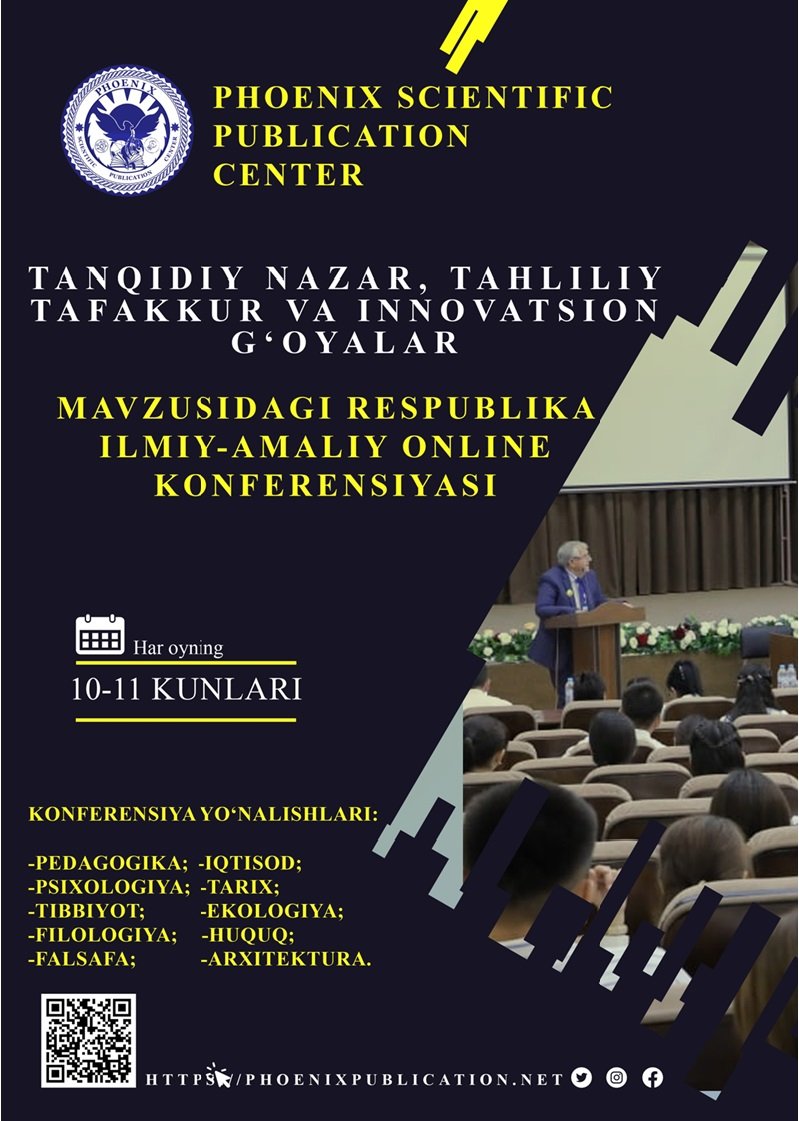Abstract
This article explores the ethnolinguistic dimensions of English lexemes associated with work tools, contrasting traditional and modern examples. Drawing on etymological, semantic, and cultural analyses, it examines how these lexemes reflect ethnic heritage, historical influences, and contemporary global adaptations. Traditional tools, often rooted in Germanic origins, embody Anglo-Saxon agrarian and craft-based cultures, while modern tools incorporate neologisms and borrowings influenced by technology and globalization. The study highlights linguistic processes such as compounding, borrowing, and affixation, revealing how language preserves cultural identity amid societal changes. Findings underscore the role of ethnolinguistics in understanding cultural heritage through vocabulary.References
1. Abdullayeva, A. A. (2024). Structural-semantic and linguocultural aspects of vocabulary in social networks. Linguoculturology. ,
2. Bartashova, O. A., et al. (2024). Ethnolinguistics as a Tool for Studying the Cultural Heritage. , , ,
3. Curzan, A. (n.d.). The Secret Life of Words: English Words and Their Origins.
4. Nevalainen, T., & Raumolin-Brunberg, H. (2017). Early Modern English Lexis and Semantics. [web: something, but not directly]
